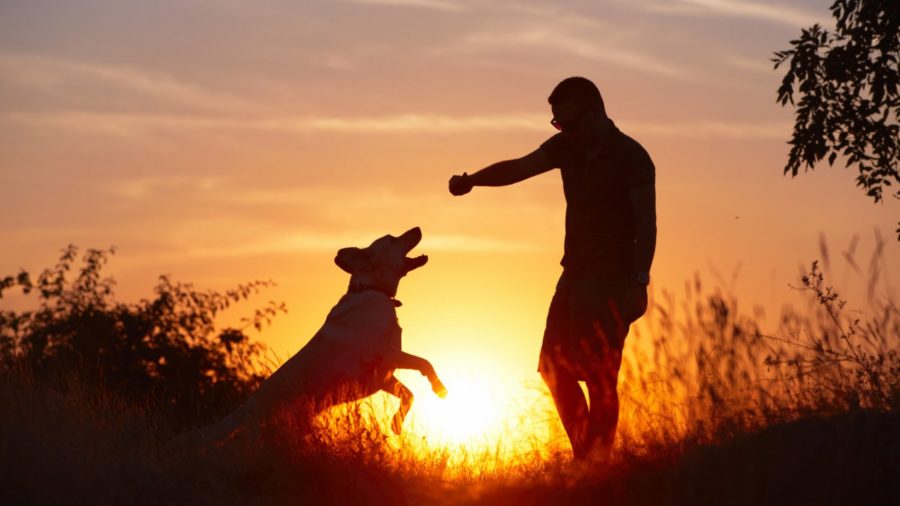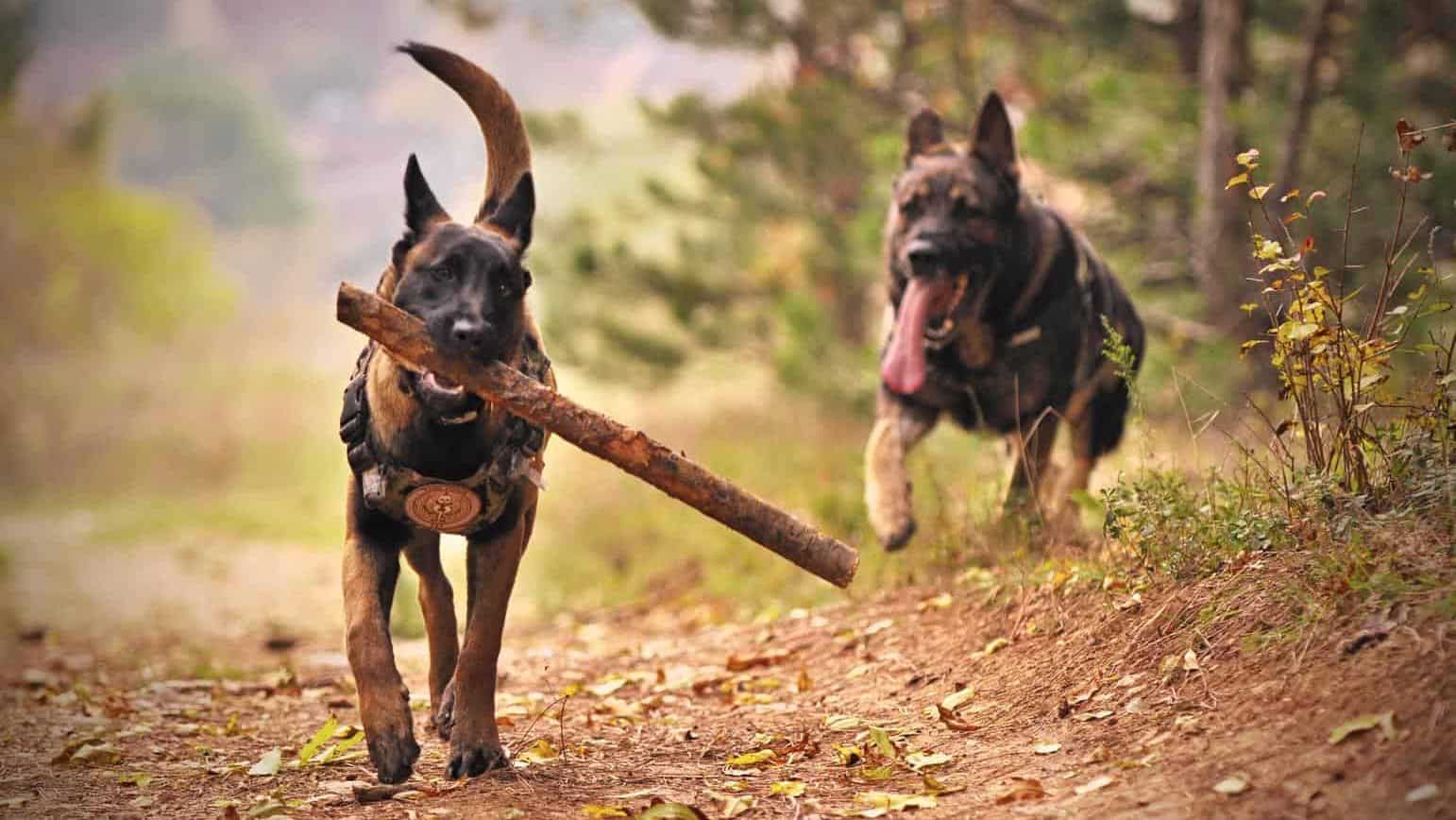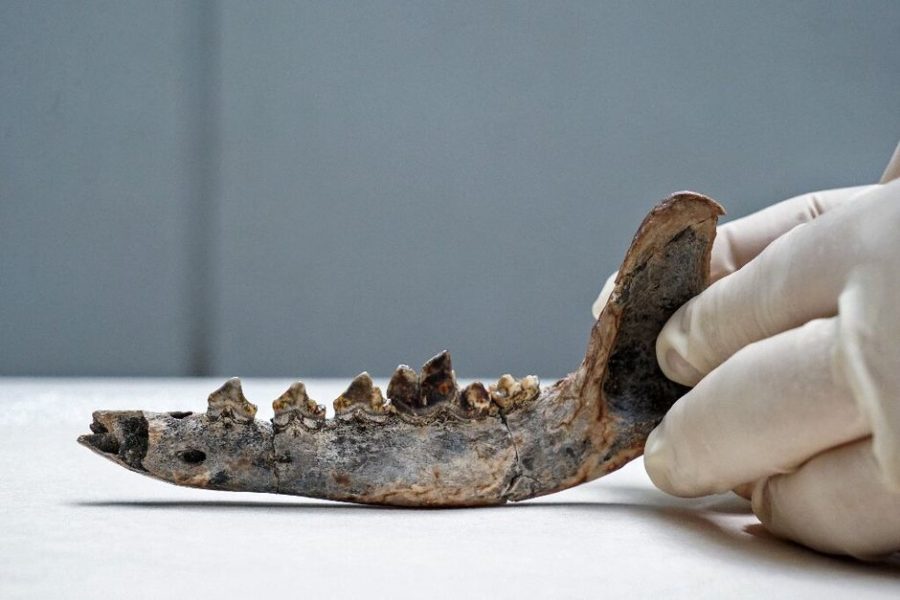12,000 years of table scraps: Researchers may have found the Americas’ oldest dog
A jawbone fossil in Costa Rica suggests man’s best friend may have been by our side earlier than previously thought.
The following written content by Rae Hodge

If researchers are proven right, man’s best friend may have been getting belly scratches and table scraps from humans in the Americas for nearly 12,000 years now. At least, that’s what’s suggested by a recent analysis of a fossil of the same age. The fossil, discovered in Costa Rica, is the jawbone of what scientists now believe is an early domesticated dog.

Originally, the fossil was believed to be from a coyote that lived in the Late Pleistocene. Coyotes are early relatives of the early domesticated dogs, which hunted large prey with human companions. But early coyotes had a different jaw and more pointed teeth than the sample analyzed by the researchers.
“We thought it was very strange to have a coyote in the Pleistocene, that is to say 12,000 years ago,” Costa Rican researcher Guillermo Vargas told AFP. “The dog eats the leftovers from human food. Its teeth are not so determinant in its survival.”
Subscribe here
After analyzing and scanning the jawbone, researchers found that the 12,000-year-old relic was not from a coyote at all, but from a dog. Oxford University has also offered to date-test the newly analyzed dog jawbone.
While domesticated dogs first entered the continent from Asia about 15,000 years ago, the oldest dog discovered in the Americas so far — whose remains were found in Alaska — lived about 10,150 years ago.
According to zooarcheologist Raul Valadez, if the Costa Rican jawbone is proven older than the Alaskan remains, it would would not only mark the oldest known instance of dogs in the Americas, but would mean humans were also in Central America longer than previously thought.
Why? Because man’s best friend has never been found to exist in any place other than at our side. Read more from Cnet.





